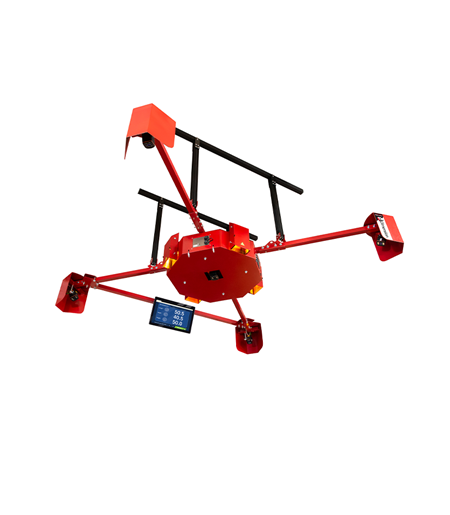Is the website displaying in the correct language? Please confirm or select a different language.
Your region has been set automatically. Please confirm or select a different region.
11 Factors to Consider When Purchasing a Dimensioning System
A dimensioning system is crucial for accurately measuring parcels and to save shipping costs. With a dimensioning system, you will maximize your return on investment very quickly.
A dimensioning system is crucial for accurately measuring parcels and to save shipping costs. With a dimensioning system, you will maximize your return on investment very quickly. As you consider purchasing a dimensioning system, it is important to select one that can help you reach your businesses full potential.
1. Speed
A system that requires 3, 5 or even 7 seconds will slow down your production line. It becomes an even bigger issue for warehouses looking to jumpstart their dimensioning program by scanning every in-stock SKU. Look for a system that dimensions items in under a second to increase productivity.
2. Accuracy
Dimensions should be accurate within 0.25 inches and certified as Legal for Trade. Accuracy is important to ensure you are not losing money.
3. Shape
Select a dimensioning system that can measure any item including polybags, tubes, bundles and even flat parcels. You’ll avoid set-asides that require costly manual intervention. You’ll also eliminate surprise chargebacks from your carrier.
4. Installation Flexibility
Select a system that has quick-setup and mounts anywhere, without disrupting your existing line or requiring costly assembly or buildout.
5. Alignment-free
Choose a system that doesn’t require the careful placement or alignment of items, which wastes time and causes errors. Look for a system that has a “field of view” and can dimension anything, in any orientation.
6. Automatic Scanning
Choose a system that detects a new item automatically and scans instantly. Many devices require the operator to place an item down, hit a button and wait. Automatic scanning helps keep the system moving.
7. Built-in Imaging
Photos help eliminate picking errors and confirm item condition upon arrival at your facility. This is important for tracking and claim protection. This can be beneficial to reduce the loss of high-value items throughout your production line.
8. Advanced Connection
The standard is XML-based API integration, the simplest and most widely accepted approach for many types of advanced technology. Some devices also come pre-configured for connection with popular shipping programs.
9. Complete Data Capture
The most advanced dimensioning systems support scanning complete item data, including barcodes and OCR (text recognition). This is a benefit for boosting productivity.
10. Centralized Fleet Management
If you expect to deploy more than a single unit, it’s important to choose a system that supports “dashboard-based” monitoring and provisioning, including automated firmware updating and routine device maintenance.
11. Cloud Connectivity
Choose a device that offers Cloud integration. A Cloud connection means you’ll have a permanent record of all the data scanned from your stream. This is then available for analysis to generate operational insights across your operation.
Rice Lake Weighing Systems offers several different dimensioning systems to fit your logistics operations. Consult with a Rice Lake dimensioning expert to help you find the right system. You can also learn more about Rice Lake’s dimensioning solutions at www.ricelake.com/dimensioning



 My Account
My Account
